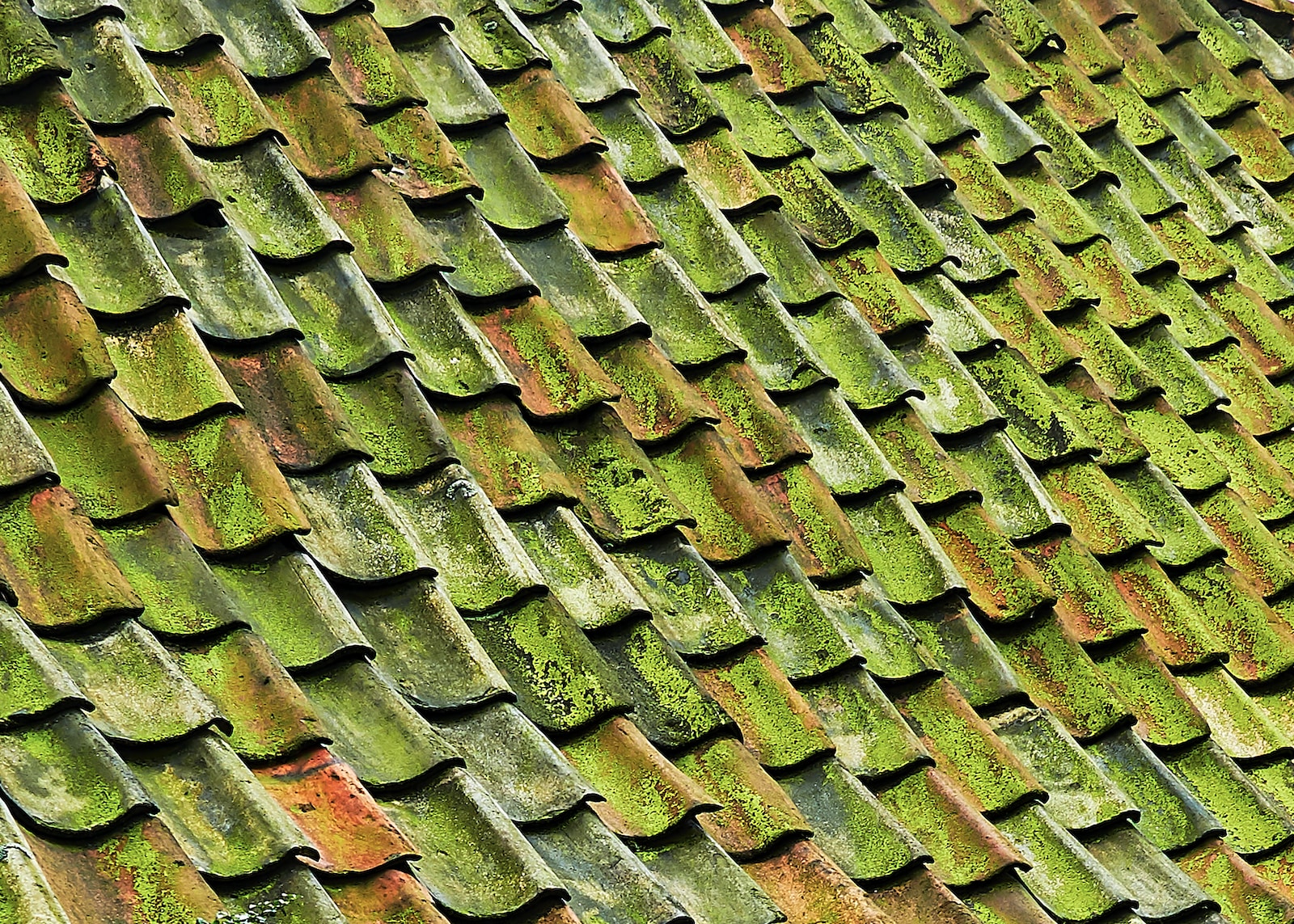The Perfect Tile Placement: Achieving Roofing Excellence
Introduction
Importance of proper tile placement in roofing
Proper tile placement in roofing is of utmost importance and should not be underestimated. This seemingly simple task plays a crucial role in both the visual appeal and the longevity of your roof. When tiles are placed correctly, they ensure the roof’s durability, its ability to withstand various weather conditions, and its resistance to leaks and water damage. Therefore, meticulous tile placement not only affects the functionality of the roof but also contributes to the overall curb appeal of your home.
Brief explanation of the article’s purpose
The purpose of this article is to provide a comprehensive guide on achieving excellence in roofing through perfect tile placement. It covers a wide range of topics, from understanding the different types of roofing tiles to common mistakes to avoid during installation. Whether you are planning a DIY project or seeking professional services, this article aims to equip homeowners and roofing enthusiasts with the necessary knowledge to navigate the task of roof tiling effectively.
Understanding the Different Types of Roofing Tiles
Overview of various roofing tile materials
Roofing tiles are available in a variety of materials, each with its own unique aesthetic qualities, durability levels, and price points. Some common materials include clay, concrete, metal, slate, and wood. Clay tiles, for example, are well-known for their long lifespan and fire resistance, while metal tiles are praised for their lightweight nature and recyclable attributes.
Benefits and drawbacks of each type
Each roofing tile material has its own set of advantages and drawbacks. For instance, clay tiles are highly durable and resistant to fire, but they can be quite heavy and require a strong roof structure for support. On the other hand, metal tiles, while lightweight and eco-friendly, may be prone to denting and may not be as visually appealing as other tile types. It is important to consider these factors when choosing the right tile material for your specific roof.
Factors to consider when choosing the right tile for a specific roof
Several factors should be taken into consideration when selecting the perfect tile for your roof. These factors include the architectural style of your home, the local climate, your budget, and the structural strength of your roof. Consulting with a roofing professional can greatly assist in making an informed decision, ensuring that you choose a tile material that best suits your specific needs.
Preparing for Tile Placement
Assessing the roof structure and condition
Before beginning the tile placement process, it is crucial to assess the structure and condition of your roof. This involves checking for any signs of damage or wear, such as broken or missing shingles, leaks, or areas of sagging. A thorough assessment will help identify any necessary repairs or reinforcements before installation, ensuring a smooth and efficient tiling process.
Necessary repairs or reinforcements before installation
Depending on the condition of your roof, certain repairs or reinforcements may be necessary before starting the tile placement. These repairs could range from replacing damaged shingles to reinforcing the roof structure to support the weight of the new tiles. Addressing these issues promptly is important to ensure the longevity and integrity of your new roof.
Gathering the required tools and materials
Having the right tools and materials is essential for successful tile placement. This may include roofing nails, a hammer, a utility knife for cutting tiles to fit, and safety gear such as gloves and a safety harness. Additionally, you will need the roofing tiles themselves, as well as any necessary underlayment and flashing.
Preparing the roof surface
Before placing the tiles, it is important to prepare the roof surface appropriately. This involves cleaning the roof of any debris, ensuring a smooth and even surface for the tiles. It may also involve applying an underlayment to provide an additional layer of protection against moisture.
Planning the layout and pattern
Before starting the tile placement, it is advisable to plan the layout and pattern of the tiles. This can help ensure a visually pleasing result and make the installation process more efficient. Consider factors such as the size and shape of the tiles, as well as any specific design preferences or architectural features of your home.
Installing the tiles
When installing the tiles, it is important to follow the manufacturer’s guidelines and recommendations. Start from the bottom of the roof and work your way up, ensuring that each tile is securely fastened. Use the appropriate roofing nails and techniques for the specific tile material being used. Pay attention to the alignment and spacing of the tiles to maintain a uniform and aesthetically pleasing appearance.
Finishing touches and maintenance
Once the tile placement is complete, make sure to inspect the roof for any loose or improperly installed tiles. Make any necessary adjustments or repairs to ensure the integrity of the roof. Additionally, regular maintenance, such as cleaning the tiles and inspecting for any signs of damage, will help prolong the lifespan of your roof and maintain its overall excellence.
In conclusion, achieving roofing excellence through perfect tile placement requires careful consideration of various factors, including the choice of tile material, proper preparation, and meticulous installation. By following the guidelines outlined in this article and seeking professional advice when needed, you can ensure a roof that not only enhances the beauty of your home but also provides long-lasting protection against the elements.
